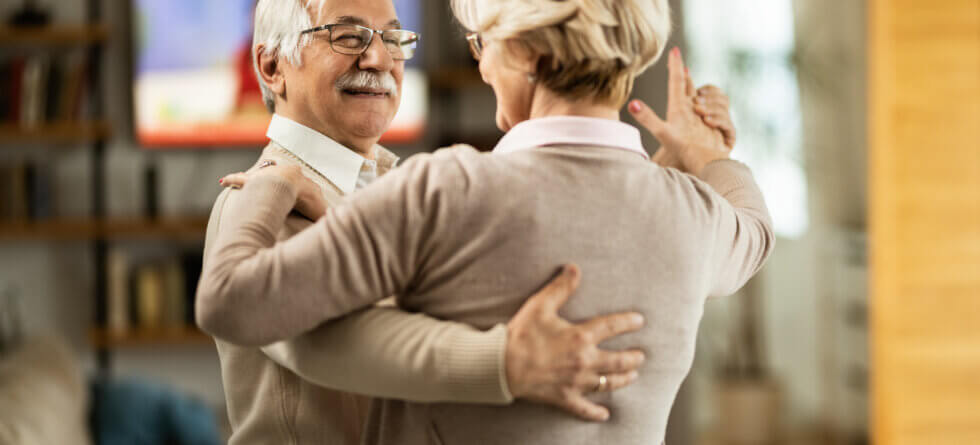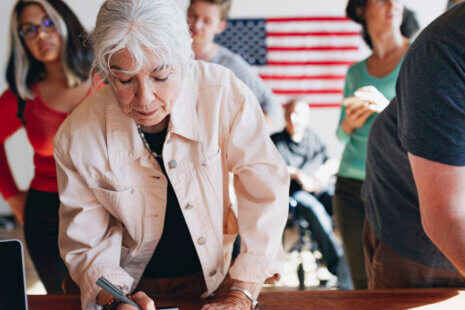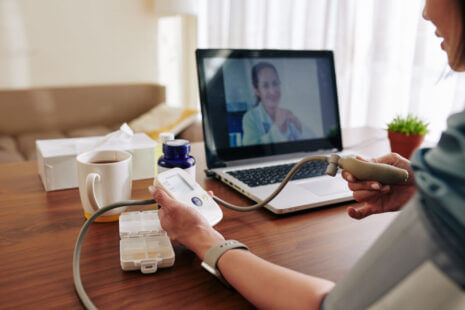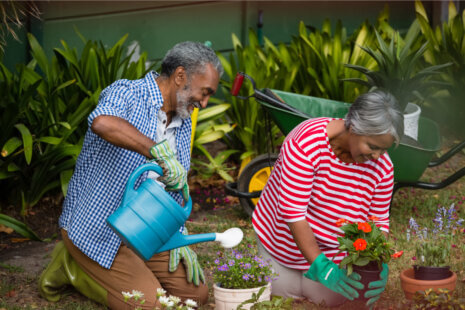In the golden years of life, staying active and engaged becomes more important than ever. Ballroom dancing emerges as a graceful and entertaining way for elders to maintain their health, social connections, and zest for life. Through the rhythmic steps and elegant movements, seniors can experience the joy of dance while reaping a multitude of benefits. Let’s explore the art of ballroom dancing as a wonderful activity for the elderly.
A Dance for Every Elder
Ballroom dancing is a term that covers a wide variety of partner dances. There is something for everyone, whether it’s the lively swing or the stately waltz. Each dance offers different rhythms and speeds, catering to various energy levels and preferences. This means that regardless of one’s fitness level or dancing experience, there is a dance style to suit every senior.
Physical Perks of Dancing
The physical benefits of ballroom dancing for seniors are extensive. It’s a low-impact exercise that improves cardiovascular fitness, which is crucial in reducing the risk of heart disease and stroke. The movements help enhance balance and coordination, making falls less likely—a significant point as the balance can be a concern for many elders. Additionally, ballroom dancing encourages flexibility and strengthens muscles, contributing to better overall physical fitness and endurance.
Mental Health Benefits
Ballroom dancing isn’t just a feast for the body; it also nourishes the mind. Learning and remembering dance steps is a fantastic way to keep the brain active and improve memory. This cognitive challenge helps in keeping the mind sharp and may slow down the progression of age-related mental decline. Moreover, the music and rhythm can have a calming effect, reducing stress and anxiety levels.
Emotional Wellbeing and Social Interaction
Dancing has a magical way of lifting spirits. It’s a source of joy and can be a real mood booster for seniors coping with loneliness or depression. The social aspect of ballroom dancing is particularly beneficial, as it involves partnering and working in sync with others, fostering a sense of cooperation and relationship building.
Regular dance classes or social dance events provide the perfect opportunity for elders to meet new people and build long-lasting friendships. For many, these gatherings become a highlight in their weekly schedules, offering a chance to socialize and share a common interest with peers.
Connection Across Generations
Another beautiful aspect of ballroom dancing is its ability to bridge the gap between generations. It’s not uncommon to see younger people and older adults dancing together. This intergenerational mixing promotes understanding and respect across age groups and can be a refreshing experience for elders to feel connected with the younger community.
Adaptability to Individual Needs
For seniors who may have mobility or health issues, ballroom dancing can often be adapted to fit their capabilities. Seated versions of dances allow those with physical limitations to engage in the activity and enjoy the music and camaraderie. Professional instructors are trained to modify steps and tailor classes to ensure everyone can participate safely and comfortably.
Lifelong Learning and Personal Growth
There is no age limit when it comes to learning, and ballroom dancing allows seniors to explore a new skill or even reignite a lifelong passion for dance. The sense of accomplishment that comes from mastering a dance routine is tremendously rewarding and can boost an elder’s confidence and self-esteem.
A Healthy Routine
Making ballroom dancing a regular part of one’s routine can help elders establish a healthy rhythm in their lives. It provides something to look forward to and a reason to get up and about. Consistency in attending dance sessions contributes to building a healthier lifestyle and instills a sense of routine that can be very comforting.
Dressing the Part
Part of the fun of ballroom dancing is the opportunity to dress elegantly. For many seniors, choosing attire for a dance event can be a delightful process, allowing them to express their personality and style through clothing. This aspect of dance culture adds an element of excitement and can make participants feel special and valued.
Hosting Dance Events
Many community centers, retirement homes, and dance studios host regular dance events specifically for seniors. These events provide safe and welcoming environments where elders can dance the night away. For those less inclined to join a dance club or regular class, these events can be a great introduction to the dance scene without the commitment.
Dance as Therapy
For seniors, ballroom dancing can also serve as a form of therapy. Engaging in regular dance practice can support faster recovery from illnesses or surgeries by maintaining muscle strength and joint flexibility. Additionally, for those suffering from conditions such as Parkinson’s disease, dance has been shown to provide therapeutic benefits in managing symptoms.
Accessibility and Resources
It’s easier than ever for seniors to get involved in ballroom dancing. Many resources are available, including online tutorials for those who prefer to start learning at home. Local senior centers often offer dance classes, and there is even a growing trend of dance programs specifically designed for the elderly in various communities.
Conclusion
Ballroom dancing offers a delightful blend of physical activity, mental stimulation, and social interaction that can enrich the lives of seniors in countless ways. By engaging elders in this beautiful art form, society thrives as we encourage an active and socially connected older generation.
Waltzing through the years with ballroom dancing is more than just moving to music; it’s about sustaining health, happiness, and a sense of community. Whether it is the elegant glide of the waltz or the upbeat swing of the jive, there is a dance style that can light up the life of any elder willing to step onto the dance floor and embrace the rhythm of life.




